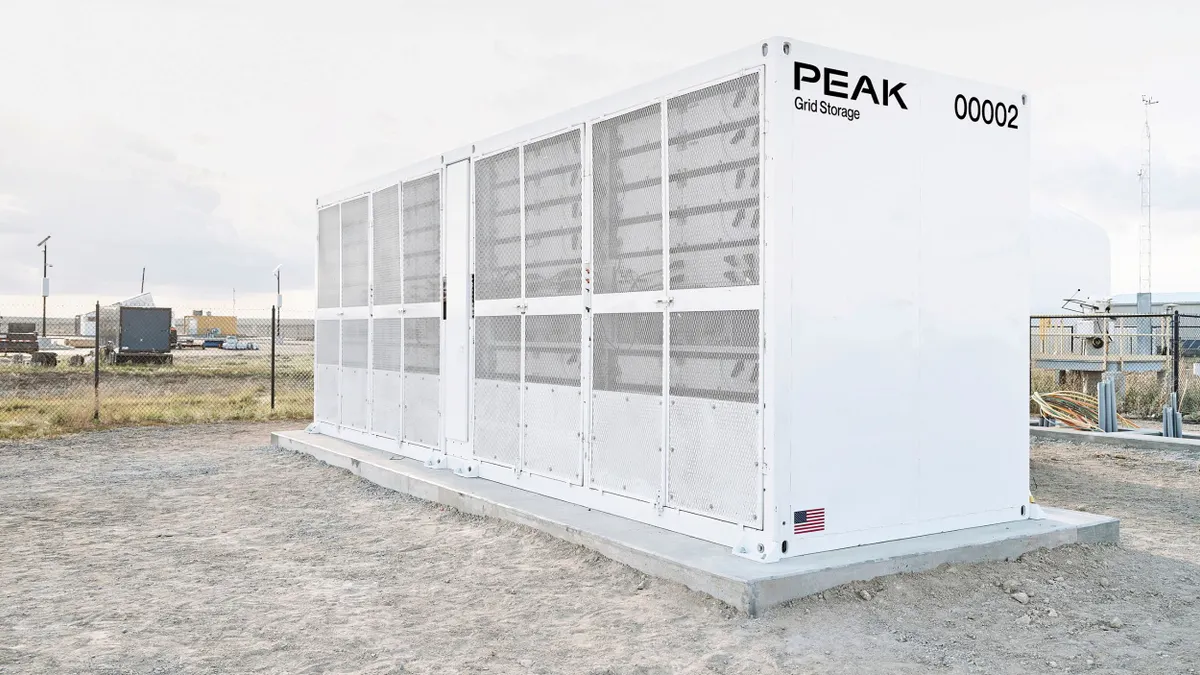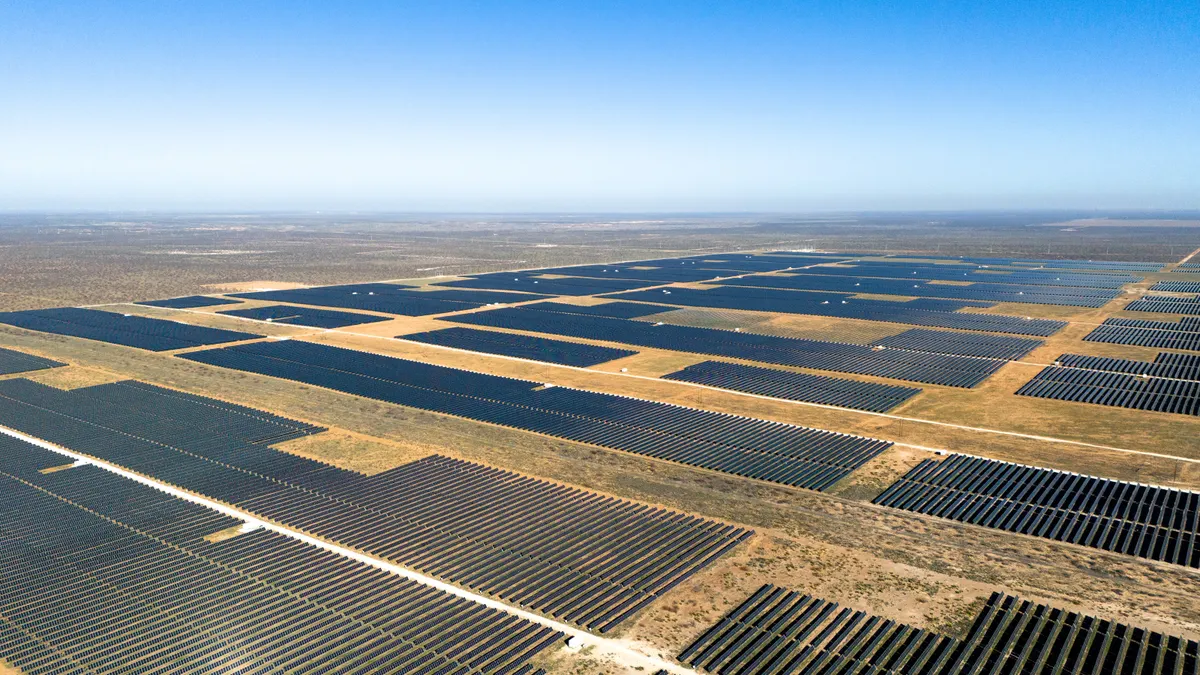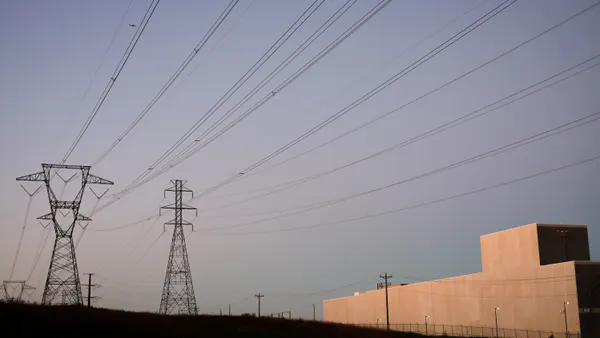Grid operators around the country face rapidly changing and highly particular resource adequacy challenges that mean a one-sized approach to reliability is not feasible, they told the Federal Energy Regulatory Commission on Wednesday.
They were speaking at a two-day, commissioner-led conference to discuss issues related to resource adequacy constructs. The first panel featured the heads of regional transmission organizations and independent system operators, as well as the North American Electric Reliability Corp., which oversees them.
NERC has been conducting seasonal and longer-term resource adequacy assessments for decades, but for most of the reliability watchdog’s history “these were some of the dullest reports we ever created,” President and CEO Jim Robb told regulators. “They weren't particularly interesting because everything looked pretty good.”
But then in 2018, NERC’s long-term resource adequacy assessment showed a material expectation of unserved energy, Robb said. And in August of 2020, California experienced a significant load shed event.
“Since then, our analyses have shown a growing risk of unserved energy across the continent,” Robb said. “There are a number of interrelated factors that account for that degradation and risk.”
“Disorderly generator retirements” have led NERC’s list of resource adequacy concerns for several years, Robb said. And while several ISO and RTO areas appear to be resource adequate “through the narrow lens of capacity,” he noted that future energy shortfalls “are looming because the resource mix is not supported with the right levels of dispatchable generation with secure fuel to balance supply and demand fluctuations.”
Since 2020, the California ISO has added about 25 GW of new generation capacity, including approximately 7 GW last year. The new capacity includes over 12 GW of battery storage, CAISO President and CEO Elliot Mainzer said.
“We now have a diverse portfolio of solar, wind, natural gas, hydro electric, geothermal, nuclear and energy storage resources, as well as strong transmission connections with our neighbors and a strategic reserve of resources to address extreme grid conditions,” Mainzer said. “Going forward, the [California Public Utility Commission’s] emerging reliable and clean power procurement program will bring sustained planning and procurement coordination, helping to maintain the pace of resource development.”
“We've also worked with the CPUC to increase the planning reserve margin, and we are now working to operationalize the CPUC’s new 24 hour ‘slice-of-day’ program, designed to ensure that load-serving entities procure sufficient resources to meet demand across all hours of the day,” he added.
Just eight years ago, the Southwest Power Pool “enjoyed a high level of reliability,” SPP President and CEO Lanny Nickell told regulators. The region’s 12% reserve margin requirement at that time yielded a loss of load expectation of only once every 140 years, he said. “That's much more reliable than the 1-in-10 year standard that we are all now struggling to adhere to.”
“Since then, we've seen our peak demand increase. We've experienced a reduction in accredited capacity. We've become increasingly dependent on intermittent generation, and we've experienced extreme weather events. Our unmitigated loss of load risk is now 125 times higher than it was eight years ago,” Nickell said.
The New York ISO enjoyed a surplus of generation capacity for decades but has seen that shift, “driven primarily by public policy which prioritizes the introduction of clean resources above high emitting fossil resources,” President and CEO Richard Dewey said. ”We've seen that reserve margin shrink considerably over the last five years.”
“While we feel we have adequate resources today, we have some significant concerns in a number of areas,” Dewey said. More than 10% of New York’s generation fleet is more than 50 years old and much of that “is well beyond the design life of those facilities ... we're also seeing supply chain concerns while we reform our interconnection queues.”
Outgoing FERC Chairman Mark Christie highlighted the difficulties in ensuring reliability across the different market areas, offering a hypothetical question.
“All of you have different constructs for trying to make sure that a load-serving entity, utility ... has enough resources. And we all know they don’t,” he said. “Should FERC require the RTOs to establish mandatory reserve margins, mandatory resource acquisitions, for every one of the LSEs that operate in your RTO using a standardized accreditation methodology?”
“I understand the appeal of the concept, and I think it would work if the region hasn’t been restructured and unbundled” ISO New England President and CEO Gordon van Welie replied. So the idea might work better in SPP or the Midcontinent ISO, he said.
“We do have LSEs in New England, but the LSEs essentially are either pure marketers or marketers that own generation, but they don’t own the wires,” van Welie said. The electric distribution companies “are not subject to NERC standards or FERC regulation.”
“The construct you described is very much what we have today in SPP,” Nickell said, adding that load responsibile entities can face penalties for not meeting resource adequacy requirements. But despite the enforceable planning reserve margin, he said risks continue to grow as demand rises.
MISO is already utilizing a system similar to Christie’s hypothetical, said MISO Senior Vice President of Markets and Digital Strategy Todd Ramey.
“We do have specific planning reserve margin requirement obligations that are assigned through our tariff to our load-serving entities,” Ramey said. “Our annual capacity auction, one of its core functions is to serve as the final exam every year for LSEs to come and demonstrate their compliance with their obligations in a financially binding, market based process.”
Where MISO’s process may “fall short” of Christie’s hypothetical proposal is lack of an “absolute guarantee” that every LSE achieves 100% compliance through that process.
“Having the market based process with a sloping demand curve that's centered around the net cost of new entry suggests that there will be outcomes where your cleared capacity could be less than your regional horizontal requirement,” Ramey said.























